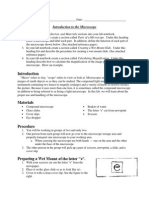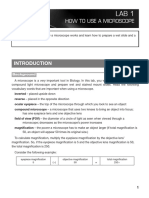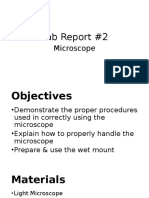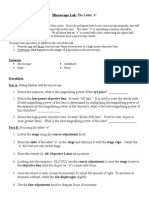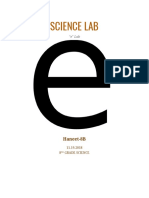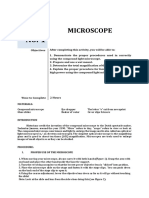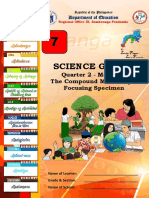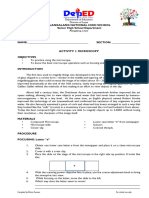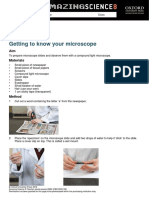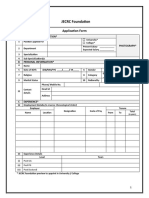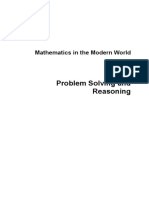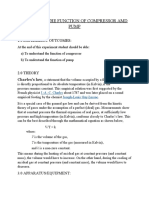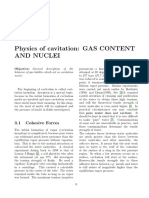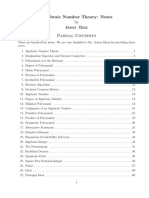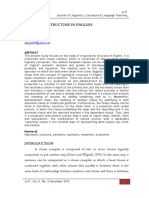0% found this document useful (0 votes)
33 views3 pagesMicroscope Lab Report
The document describes an experiment using a compound light microscope to observe a letter "e" on a wet mount slide at different magnifications. Key steps included preparing the wet mount slide with the letter "e" and a drop of water, using lenses at 4x, 10x, and 40x magnification to observe the letter, and drawing the results. The student found that the letter appeared upside down in the lenses compared to without lenses, confirming the hypothesis. The student also learned to properly use and draw observations from the microscope.
Uploaded by
allonaecCopyright
© © All Rights Reserved
We take content rights seriously. If you suspect this is your content, claim it here.
Available Formats
Download as DOCX, PDF, TXT or read online on Scribd
0% found this document useful (0 votes)
33 views3 pagesMicroscope Lab Report
The document describes an experiment using a compound light microscope to observe a letter "e" on a wet mount slide at different magnifications. Key steps included preparing the wet mount slide with the letter "e" and a drop of water, using lenses at 4x, 10x, and 40x magnification to observe the letter, and drawing the results. The student found that the letter appeared upside down in the lenses compared to without lenses, confirming the hypothesis. The student also learned to properly use and draw observations from the microscope.
Uploaded by
allonaecCopyright
© © All Rights Reserved
We take content rights seriously. If you suspect this is your content, claim it here.
Available Formats
Download as DOCX, PDF, TXT or read online on Scribd
/ 3
